The Cabinet serves as the President's go-to team, filled with heads of various executive departments like Defense and Agriculture. Their role? Simple: advise, implement policies, and make sure everything runs smoothly. They even chat with Congress now and then. Oh, and the President can fire them on a whim. It's like a high-stakes game of musical chairs. Curious what makes this group tick or how they affect daily governance? There's more to the story.
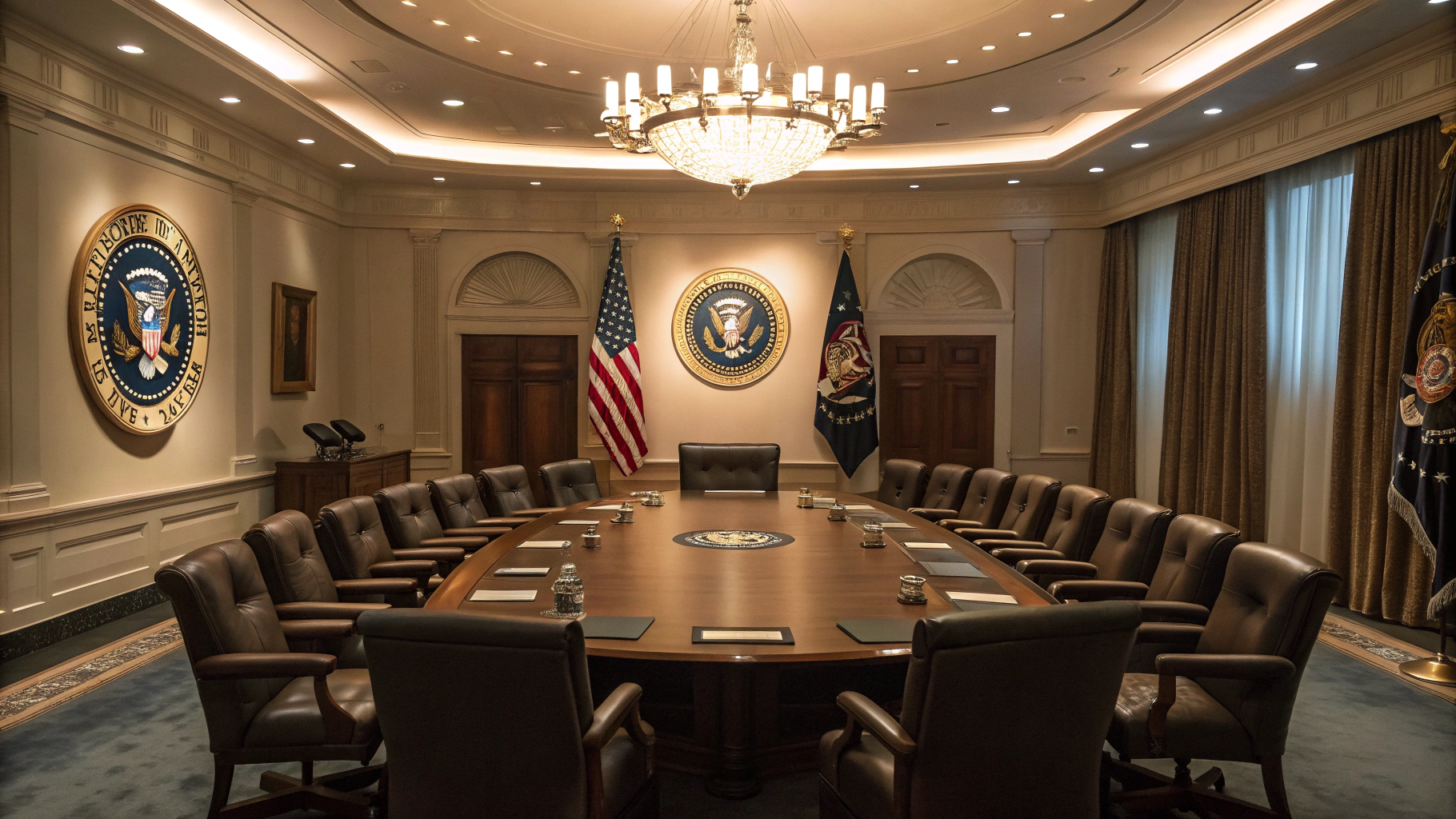
The Cabinet is like the President's trusty sidekick squad—think of them as the elite team of department heads ready to tackle the big issues. This group isn't just a bunch of random people; it includes the Vice President and the heads of 15 executive departments. We're talking Agriculture, Commerce, Defense, and the whole shebang. Yes, even the Attorney General, who runs the Justice Department, gets a seat at this VIP table. Oh, and don't forget the Environmental Protection Agency and the U.S. Trade Representative, who sometimes get fancy cabinet-level titles too. It's a real power play.
The Cabinet: the President's elite squad of department heads tackling major issues and driving effective governance.
So, what do these folks actually do? Well, the Cabinet serves as the President's personal advisory body. They offer their expert opinions on anything related to their specific departments, from education policies to national security. They don't just sit around, though—Cabinet members oversee the implementation of government policies and coordinate with other agencies because, let's face it, chaos is not an option. They're the ones who represent the executive branch when things get heated in legislative discussions or public forums. The appointment process of Cabinet members highlights the system of checks and balances by requiring both the President's nomination and the Senate's confirmation. In addition, they ensure a unified approach to policy implementation across the executive branch.
Now, how do they get there? The President appoints these high rollers, but hold your horses—Senate confirmation is a must. And if the President gets fed up with any of them? Bye-bye, no Senate approval needed. Typically, they stick around for the whole administration, which is a sweet gig until it's not. Cabinet members are appointed by the President and require Senate confirmation by a majority vote.
The Cabinet is essential for effective governance. They provide diverse perspectives and help execute the President's policies. They also play a significant role in maintaining continuity when things go sideways, like during a crisis.
And let's not forget—they have to interact with Congress and even testify before committees. It's a wild ride, but that's the essence of the Cabinet. They're not just figureheads; they're the backbone of the executive branch, for better or worse.
Frequently Asked Questions
How Are Cabinet Members Selected and Appointed?
Cabinet members? Oh, it's a whole process. The president picks candidates, usually folks with some serious expertise.
Background checks? You bet. Then the Senate gets the heads-up. They hold hearings and decide if they like the nominees.
A simple majority is all it takes for confirmation. But if there's drama, nominations can get yanked or even rejected.
It's like a political reality show, minus the roses. Welcome to Washington!
Can Cabinet Members Be Removed From Office?
Absolutely, cabinet members can be shown the door—just like that.
The President has the power to remove them at will. No need for a formal goodbye party.
Sure, they might get impeached for serious wrongdoings, but that's a whole process.
In most cases, if the President wants a fresh start, it's game over for the Cabinet member.
They serve at the President's pleasure, and pleasure can be a fickle friend.
What Qualifications Are Required for Cabinet Positions?
When it comes to cabinet positions, there aren't formal qualifications. Surprising, right?
But nominees usually need a hefty dose of experience and expertise. Political favors? Oh, they help too.
Background checks? You bet, the FBI is involved.
Then comes the Senate, where nominees face the music in hearings before a vote. If they survive, they get the job.
It's like a reality show, just with more suits and less drama.
How Does the Cabinet Influence Legislation?
The cabinet influences legislation like a backstage crew at a concert.
They're not in the spotlight, but they make things happen. Each member pushes their department's agenda, which can sway lawmakers.
Cabinet committees? Oh, they're like secret clubs for policy-making. They brainstorm and align goals, reducing chaos.
Plus, when cabinet members propose legislation, it's often a reflection of their party's priorities.
What Happens During a Cabinet Meeting?
During a cabinet meeting, the President runs the show, but it's not a democracy—no voting here.
Heads of departments gather, some with acting roles, and they discuss policies. It's all about advice and strategies, not decision-making powers.
Seating is like a historical seating chart, and the vibe? Formal yet casual. They chat about what's happening in their departments.
And let's face it, the President can kick anyone out without breaking a sweat.
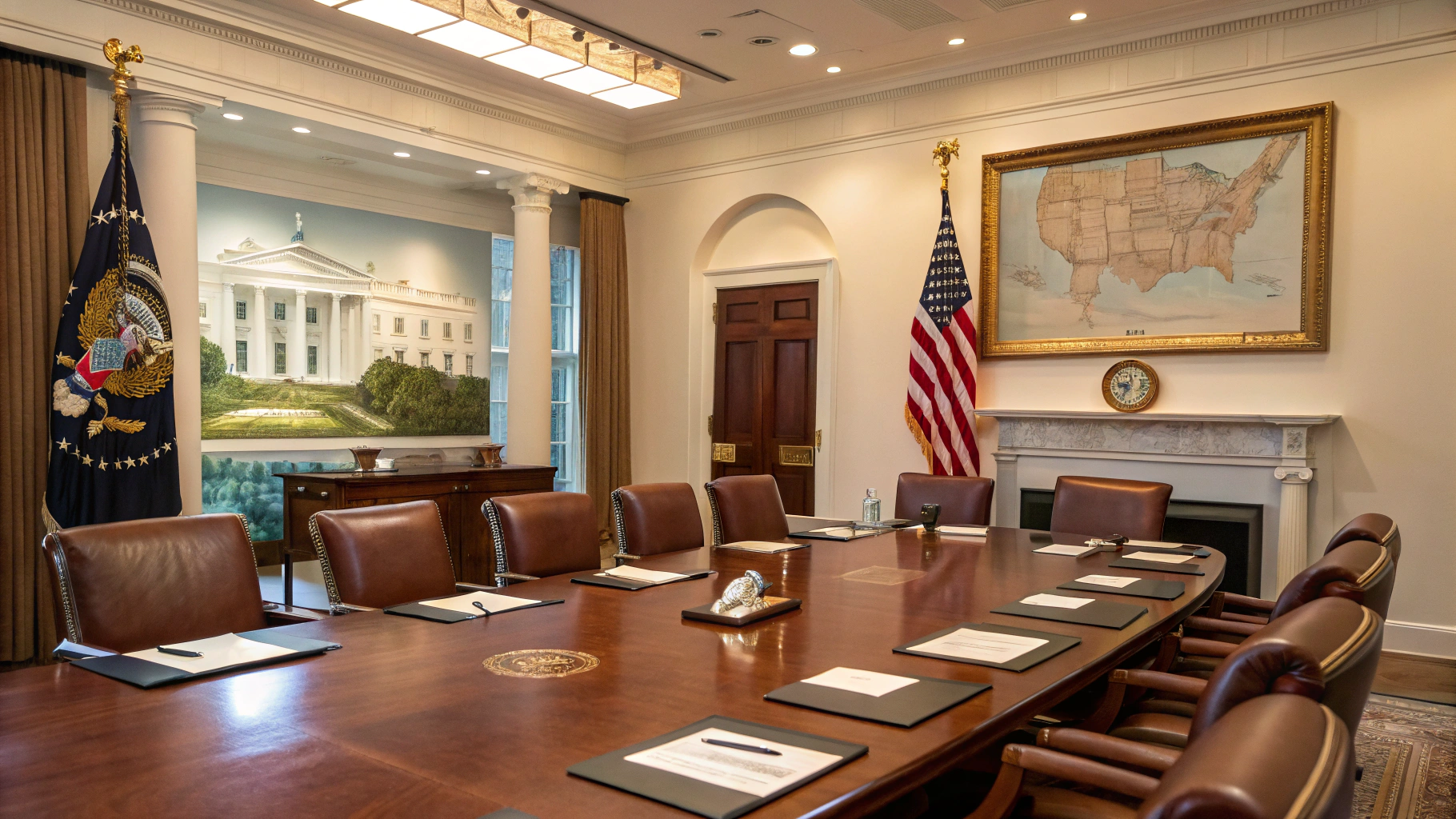
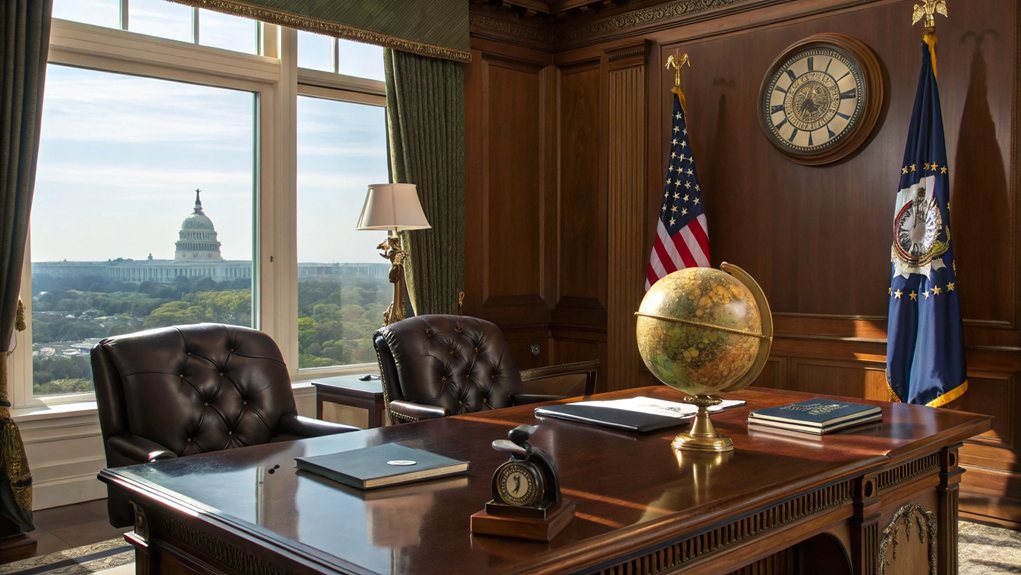
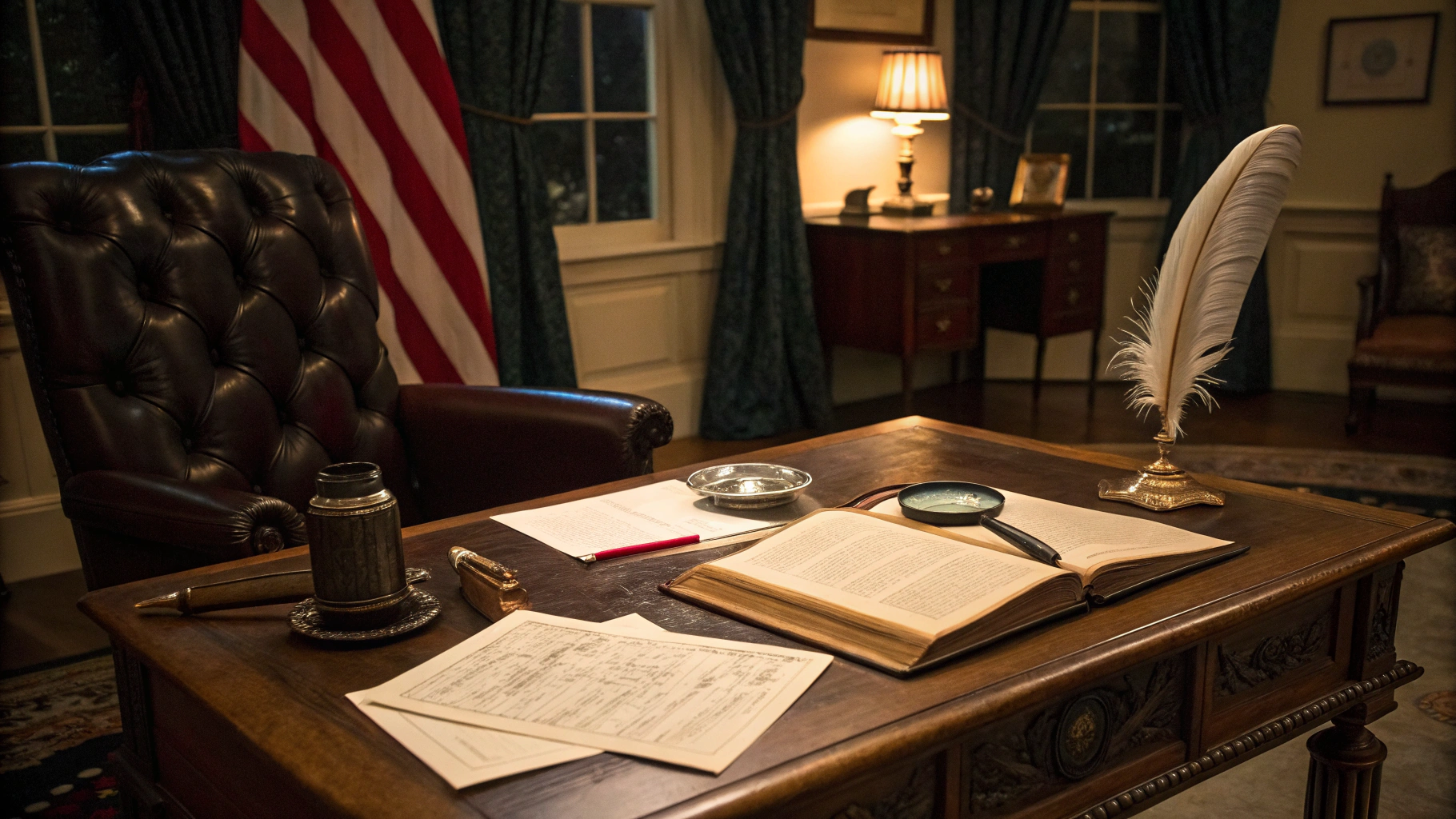
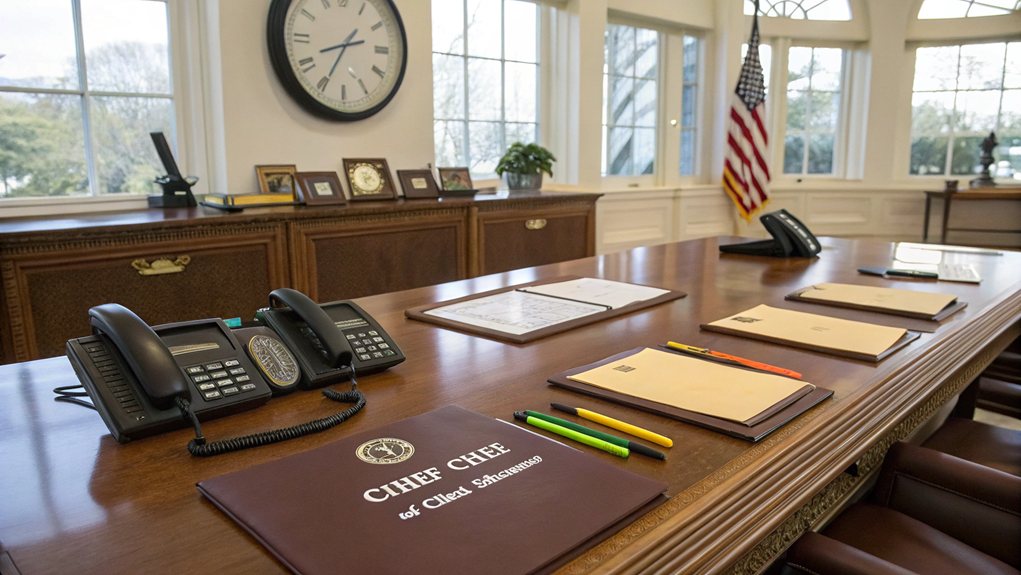
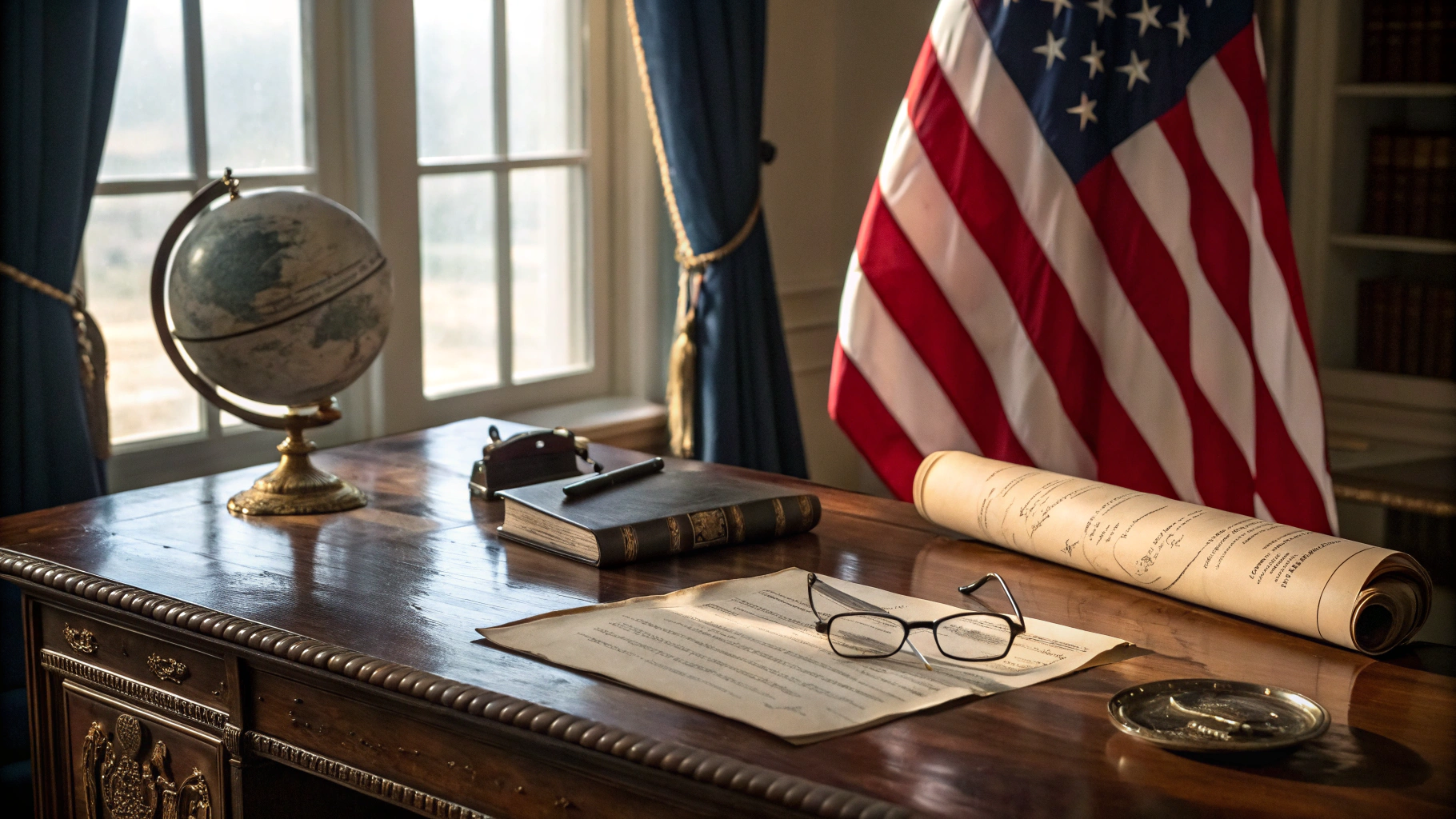
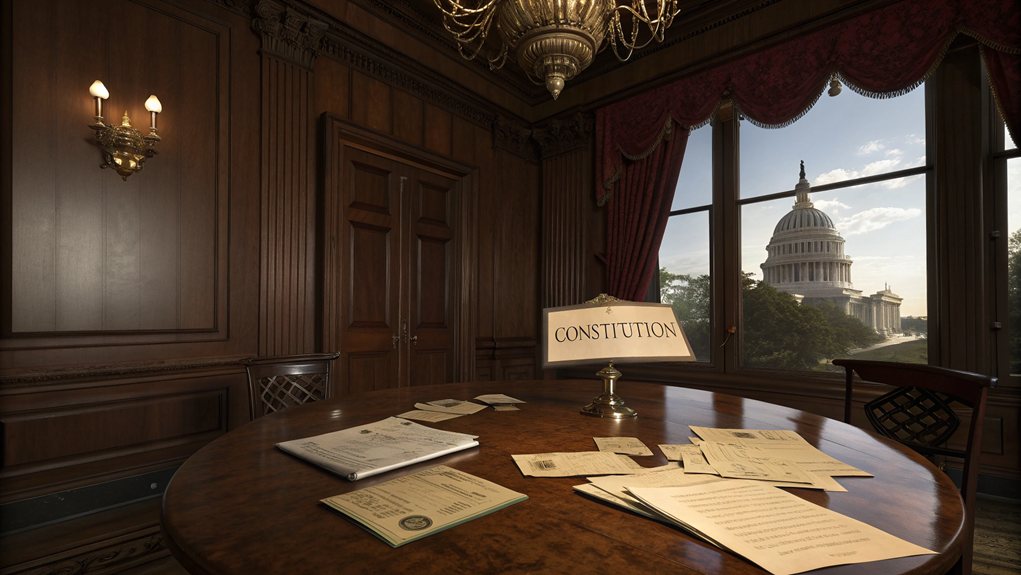

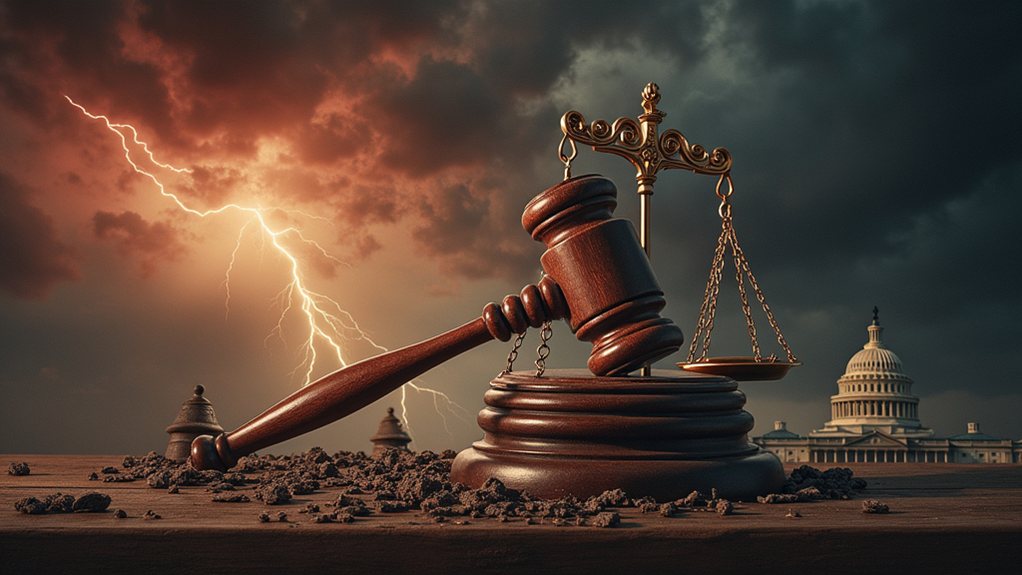

1 comment
Comments are closed.